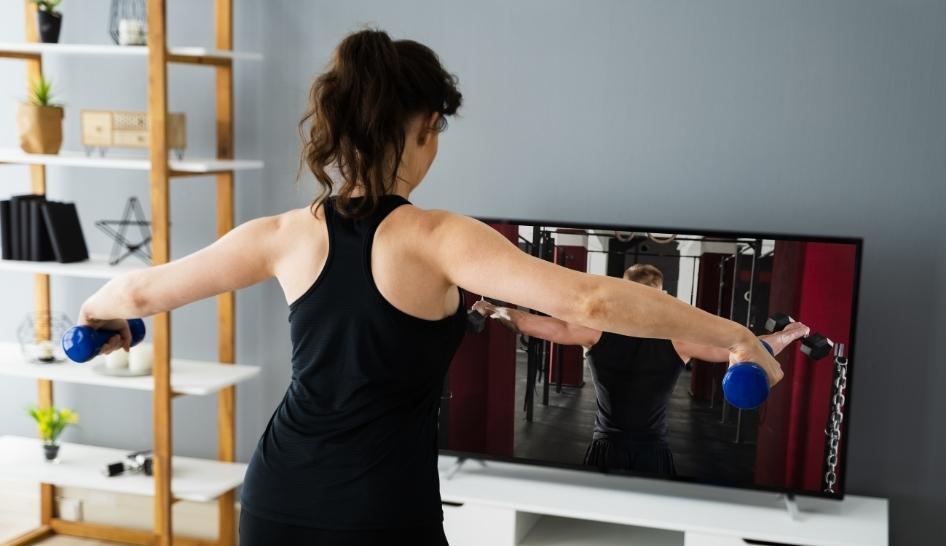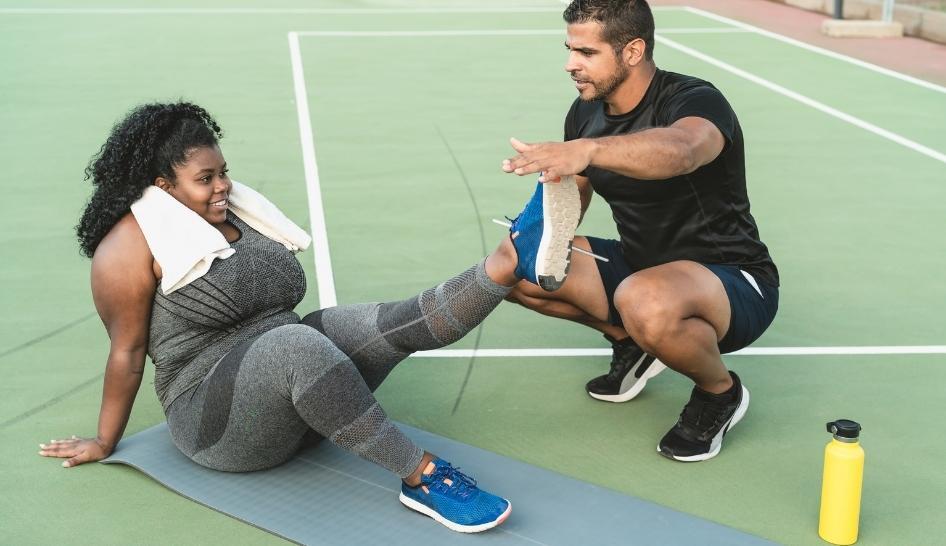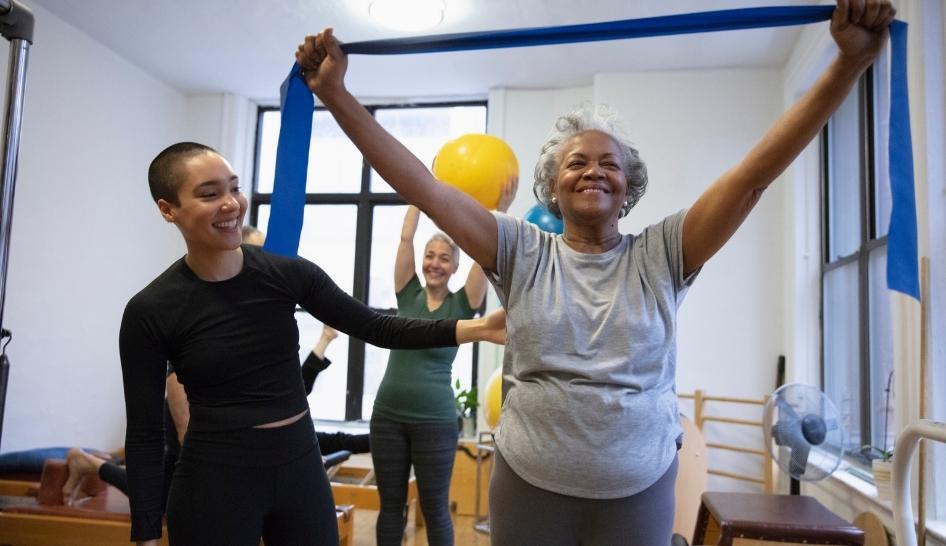Every year, gym owners can make this prediction: Exercise classes will swell on January 2 and shrink right back to their normal size within a very short time.
This is a tried-and-true pattern. No matter how firm their New Year’s resolution, a portion of the newcomers will drop their membership, often out of a sense of failure, guilt, or shame—or a combination of all three. These are the people who fall into the 80%.
Who are the 80%? According to the Centers for Disease Control & Prevention (CDC), only 20% of Americans get the recommended amount of exercise per week. It’s a statistic that’s as stubborn as it is troubling. Nothing seems to work to keep these 80% engaged in regular physical activity.
These outcomes are not just familiar to us, they also align with research showing that idealized goals of new members—e.g., New Year’s resolutions—often do the opposite of motivating and retaining people. In fact, it predicts worse achievement outcomes and dropouts.
So what works? How do we keep the 80% committed? Three ways:
Understanding the Boomerang Effect
Avoiding the Shame Spiral
Shifting From Sets and Reps to Flexible Mindsets
Understanding the Boomerang Effect
Ironically, idealized goals—along with many other popular behavior-change strategies our industry promotes—often have a boomerang effect on newcomers. People may briefly be enticed to enter the gym, but shortly thereafter, they fly right back out, landing further away from the facility than they were before they entered.
The fitness industry has unwittingly perpetuated this pattern for decades. Then COVID hit, shattering every norm and bringing us to our knees. Some clubs barely survived, while others had no choice other than to close their doors for good. Online options became a lifeline for some and even a boon for others.



